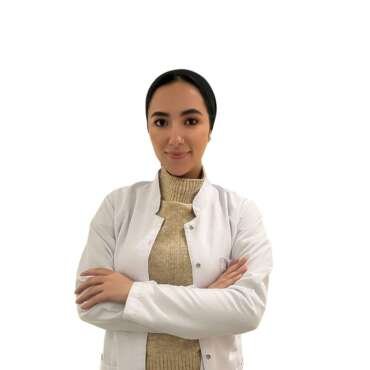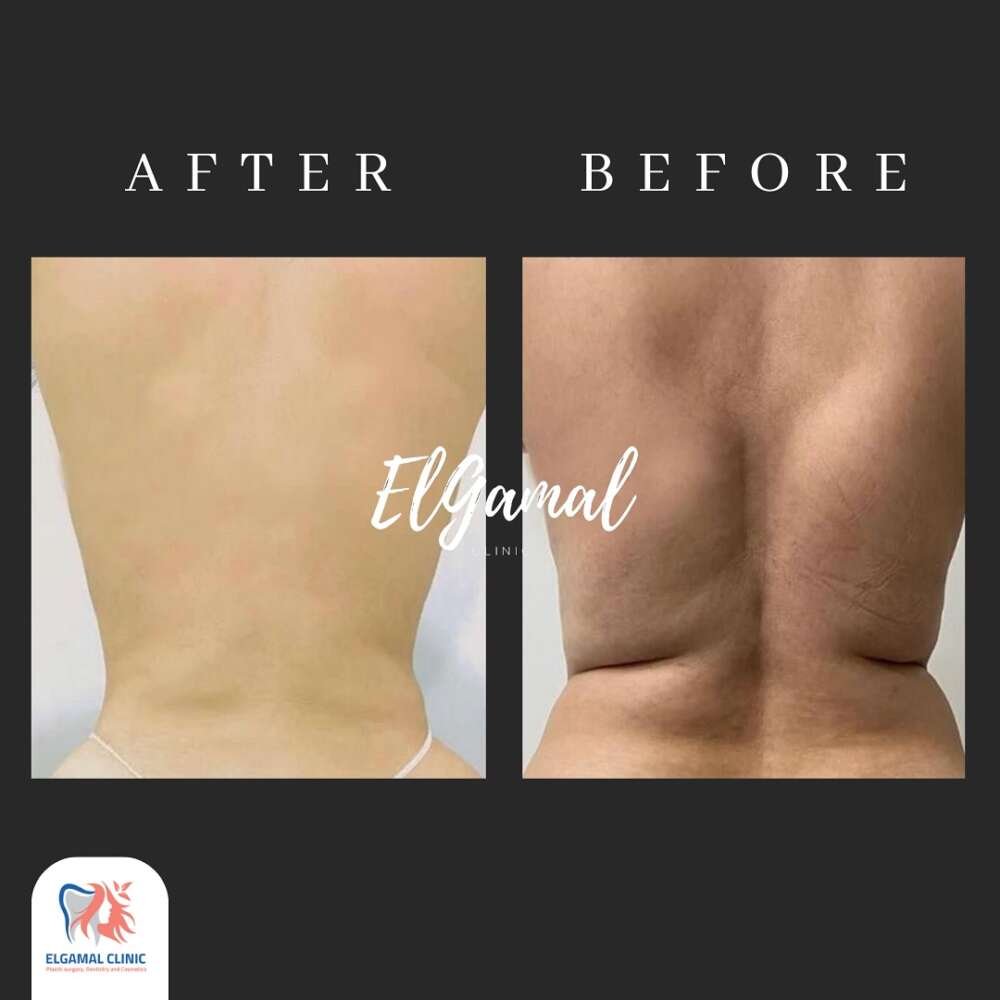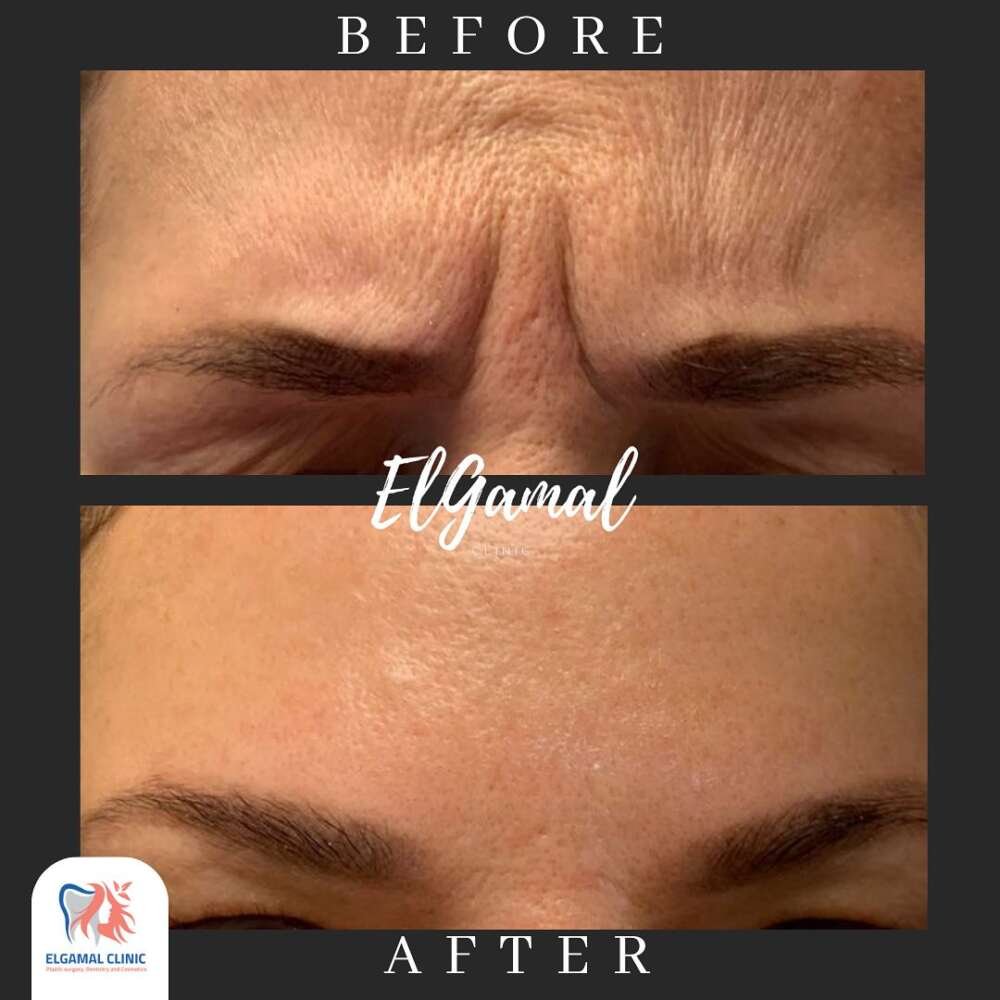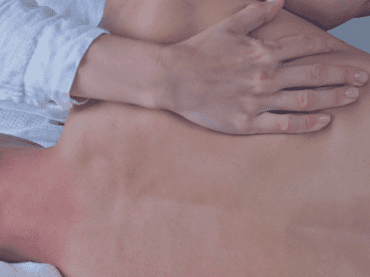Manual Therapy
So what is manual therapy?
Manual therapy is a primary modality of physical therapy. It is a skilled application of hands-on techniques by skilled clinicians to manipulate soft tissue, joints, and nerves. Manual therapy is important for multiple body systems, because hands-on manipulation can be very effective to decrease pain and tissue tension, improve quality of movement, and guide a patient through their exercises.
For example, let’s say you are having stiffness in your hip. During your sessions in the clinic, your therapist may employ manual therapy techniques like joint and soft tissue mobilization and/or massage to improve your range of motion and decrease stiffness and discomfort when you walk.
Your therapist will assign exercises and stretches that you can complete independently, but manual therapy techniques applied by a skilled therapist can take your treatment to the next level. Unfortunately, not every physical therapist will use manual therapy in your treatment – application depends on your sensitivity, your stage in the healing process, and the potential benefits of the technique.
Benefits of manual therapy
Manual therapy has many benefits, including reduced pain, reducing stress and strain, increasing joint mobility and soft tissue health, increased blood flow, and reduced inflammation. Along with appropriate exercise progression, the addition of manual therapy to your treatment is a great way to ensure that you return to what you love faster. Your joints and tissues are designed to function as a balanced system, and when dysfunction occurs, manual therapy can be a great way to begin restoring normal movement patterns.
Let’s use headaches as an example. During your evaluation, your therapist may identify areas of joint & tissue stiffness and associated areas of weakness. Based on their findings, the therapist would apply manual techniques to your spine to restore movement and decrease pain. Additionally, your therapist would apply manual exercise progressions to promote strength and stability in weakened areas. Your therapist can give you stretches to do all day long, but when the stretches are combined with manual techniques, you should have a quicker response and decreased headaches.













